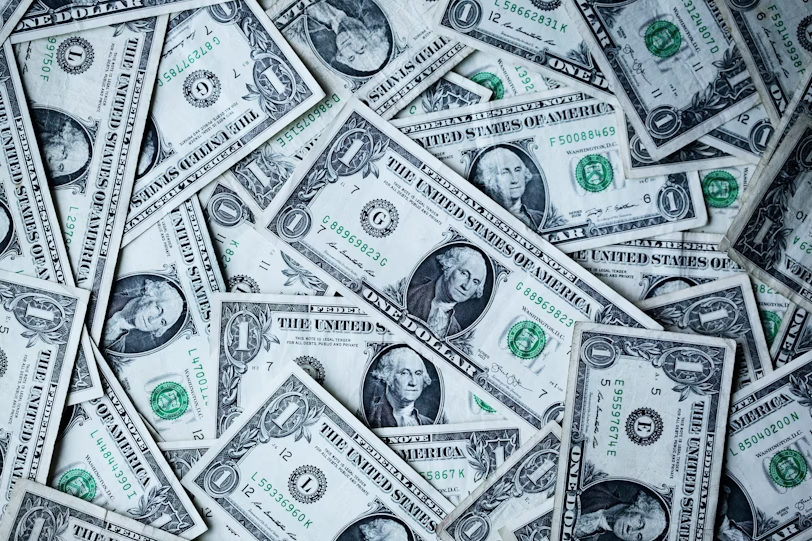Why Everyone Was Talking About High-Yield Savings Accounts
A few years ago, high-yield savings accounts (HYSAs) became the internet’s favorite financial tip. Everyone—from finance YouTubers to TikTok creators—was raving about “free money” for parking your cash in these accounts.
I opened my first HYSA back in 2020, when interest rates were creeping up. At first, I thought I’d finally cracked the code to growing my savings faster. But by 2025, I realized the hype comes with nuance.
So, is a high-yield savings account still worth it today? Here’s what I’ve learned.
What Counts as “High-Yield” in 2025?
High-yield savings accounts are simply savings accounts with above-average interest rates.
- Traditional savings accounts: Often 0.01%–0.05% APY
- High-yield savings accounts (2025): Commonly 4%–5% APY
While rates fluctuate with the Federal Reserve, online banks and credit unions still lead the way with competitive interest.
Helpful Resource: Bankrate – Best High-Yield Savings Accounts
Even at 4%, your money grows much faster than it would in a standard bank account—but it’s still not a replacement for long-term investing.
The Pros of High-Yield Savings Accounts
If used the right way, HYSAs are still very much worth having. Here’s why:
- Safety First
Your deposits are FDIC or NCUA insured (usually up to $250,000 per depositor, per bank). This means your money is protected, unlike investing in the stock market. - Liquidity and Flexibility
Your cash is easy to access, usually within 1–3 days if you link it to a checking account. This makes it perfect for emergency funds or short-term savings goals. - Higher Earnings Without Risk
At 4%–5% APY, a $10,000 emergency fund can earn $400–$500 a year in interest, risk-free.
Recommended Read: How I Saved $10,000 in One Year on a $40K Salary – A high-yield savings account played a key role in my strategy.
The Cons You Can’t Ignore
While HYSAs are great for safety and accessibility, they’re not magic:
- Inflation Eats Into Returns
Even at 4% APY, if inflation runs at 3%–4%, your real purchasing power barely grows. - Limited Wealth-Building Potential
HYSAs are for saving, not investing. You won’t retire on interest alone. - Variable Rates
Rates can change. In 2025, some accounts have already dropped from last year’s highs as the Fed adjusted policy.
Learn More: Saving vs. Investing: Which One Builds Real Wealth – This is why I use HYSAs strategically, not as my main wealth-building tool.
When a High-Yield Savings Account Makes Sense
HYSAs are still absolutely worth it—but only if you use them for the right goals:
- Emergency Funds
3–6 months of living expenses should be liquid and safe. - Short-Term Goals (1–3 Years)
Vacations, weddings, or a home down payment are perfect candidates. - Temporary Cash Parking
If you’re between investments or saving up for something big, your cash can earn interest while it waits.
Helpful Read: From Paycheck to Prosperity – Learn how to free up cash to actually fund your HYSA.
When a High-Yield Savings Account Isn’t Enough
If your goal is long-term wealth building, a HYSA won’t get you there.
Here’s how I structure my money today:
- First stop: Emergency fund in a high-yield savings account
- Next step: Retirement contributions in index funds or ETFs
- Extra cash: Side hustles and passive income projects to grow income streams
For example, while my HYSA earns a safe 4%, my long-term investments have historically earned 7%–10% annually.
Recommended Resource: Investing for Beginners: How to Build Wealth Without Feeling Overwhelmed
My 2025 Verdict: Still Worth It—If You Use It Wisely
A high-yield savings account in 2025 is still a smart move—but it’s not a replacement for investing or growing your income.
Think of it as your financial safety net:
- Protects your money
- Keeps it accessible
- Earns more than a regular account
But once your emergency fund is full, your extra dollars should start working harder in investments that beat inflation and grow wealth long term.
Your Next Steps
If you’re ready to put your cash to work, start here:
- The Truth About Passive Income: What Actually Worked for Me
- Recession-Proof Your Finances
- Your First $1,000 Investment

Michael J. Carter
Michael J. Carter helps readers master personal finance, practical investing, and long-term wealth building. At The Golden Safe, he turns complex money topics—like debt payoff, dividend ETFs, cash-flow systems, and money management—into clear, step-by-step guides and tools that make financial education actionable today.

